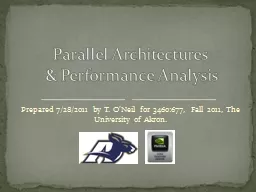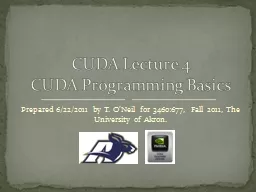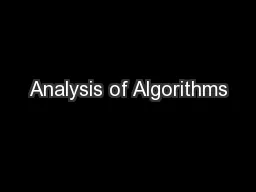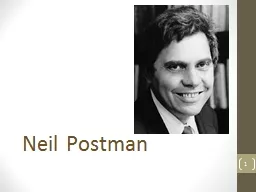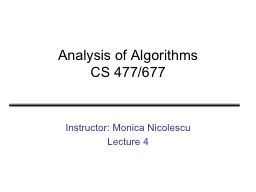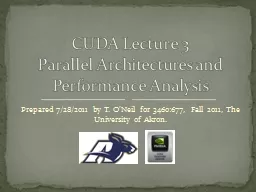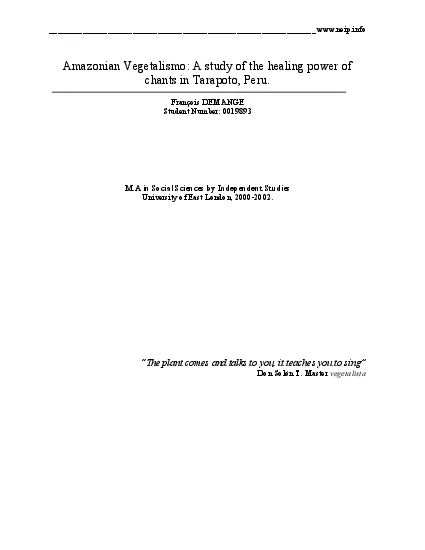PPT-Prepared 7/28/2011 by T. O’Neil for 3460:677, Fall 2011,
Author : pasty-toler | Published Date : 2017-08-01
Parallel Architectures amp Performance Analysis Parallel computer multipleprocessor system supporting parallel programming Three principle types of architecture
Presentation Embed Code
Download Presentation
Download Presentation The PPT/PDF document "Prepared 7/28/2011 by T. O’Neil for 34..." is the property of its rightful owner. Permission is granted to download and print the materials on this website for personal, non-commercial use only, and to display it on your personal computer provided you do not modify the materials and that you retain all copyright notices contained in the materials. By downloading content from our website, you accept the terms of this agreement.
Prepared 7/28/2011 by T. O’Neil for 3460:677, Fall 2011,: Transcript
Download Rules Of Document
"Prepared 7/28/2011 by T. O’Neil for 3460:677, Fall 2011,"The content belongs to its owner. You may download and print it for personal use, without modification, and keep all copyright notices. By downloading, you agree to these terms.
Related Documents

